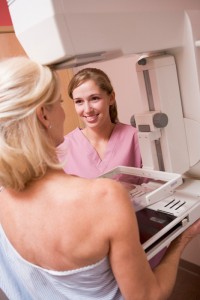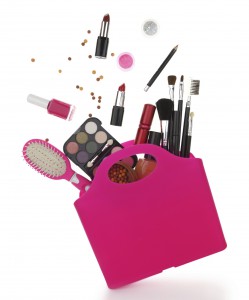 Decorating your home for the holidays is always so much fun, but did you know that each year an estimated 250 house fires nationwide are caused by faulty holiday lights? Here are some tips for keeping your home safe this year:
Decorating your home for the holidays is always so much fun, but did you know that each year an estimated 250 house fires nationwide are caused by faulty holiday lights? Here are some tips for keeping your home safe this year:
• Before stringing holiday lights always check the sockets to ensure they are not broken or cracked.
• Never use indoor lights for outdoors use.
• Turn off the indoor tree lights before going to bed or whenever you leave the house.
• Do not connect more than three sets of lights to each extension cord.
• Make sure that your lights have safety labels and are made by reputable companies.
• Do not use candles on or near a tree.
• Place your tree and gift wrapped presents away from sources of heat such as fireplaces.
• Make sure that your tree is secured firmly to its base so that it can’t tip over.
• Artificial trees should be fire resistant.
• Always keep a fire extinguisher handy and accessible in case of emergency.
Don’t ruin your holiday by being careless. A little common sense and taking some precautions will ensure a joyous holiday for you and your family.
All content of this newsletter is intended for general information purposes only and is not intended or implied to be a substitute for professional medical advice, diagnosis or treatment. Please consult a medical professional before adopting any of the suggestions on this page. You must never disregard professional medical advice or delay seeking medical treatment based upon any content of this newsletter. PROMPTLY CONSULT YOUR PHYSICIAN OR CALL 911 IF YOU BELIEVE YOU HAVE A MEDICAL EMERGENCY.







 urance plans will cover double electric breast pumps.
urance plans will cover double electric breast pumps.
